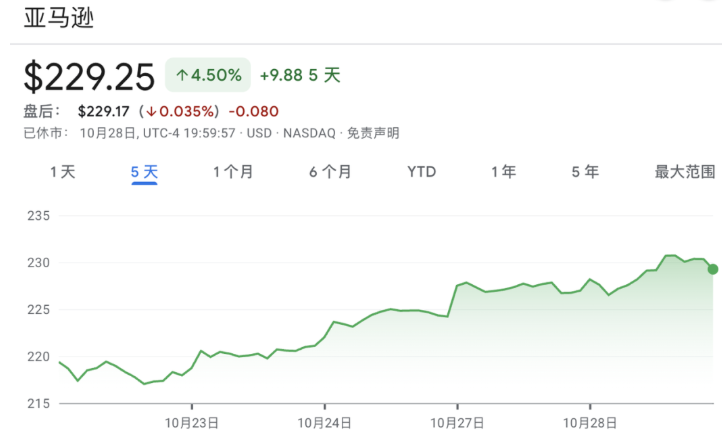When tens of thousands of Amazon employees opened their computers in the morning only to find they couldn't even access their email, a silent personnel earthquake had already taken place. The company's latest round of layoffs affected approximately 14,000 full-time employees - part of its so-called "30,000 optimization plan," accounting for 4% of the total of 350,000 full-time employees worldwide. Even more chillingly, many of the laid-off employees received no warning, and their accounts were locked instantly, leaving them no chance to say goodbye to their work achievements.
This is not just a simple cost-cutting action. According to an internal letter sent by Senior Vice President Beth Galetti to employees, the core goal of this adjustment is to create strategic space for artificial intelligence and automation technologies. Although Amazon's second-quarter revenue increased by 13% and its financial situation is stable, the management still chose to proactively "thin out" its structure, especially cutting middle and upper-level positions in the retail business, aiming to accelerate the transformation toward a high-efficiency and high-technology density operation model by reducing redundant structures.

The laid-off employees were not underperformers. On the contrary, many were backbone staff who had been promoted quickly and performed outstandingly in recent years. The sudden unemployment was not only a career disruption but also a silent negation of their past efforts. In response, Amazon has promised 90 days of transition support, including severance compensation, career retraining, and continuation of health insurance, trying to retain some warmth beyond the cold decision.
What is truly alarming is the company's future direction. Amazon is fully pushing forward warehouse automation, and its self-developed smart robotic arms have entered the testing phase, with plans to deploy them in multiple fulfillment centers by 2027. Once widely implemented, it will not only affect white-collar jobs but also potentially face systematic replacement for hundreds of thousands of blue-collar positions that rely on manual operations.
This wave of layoffs reveals a harsh trend: under the tide of AI, even the world's largest technology giants must sacrifice human resources to gain speed and depth in technological iteration. When algorithms and robotic arms become the core of new productivity, the value coordinates of human workers are being redefined - and Amazon is just one of the pioneers of this change.
